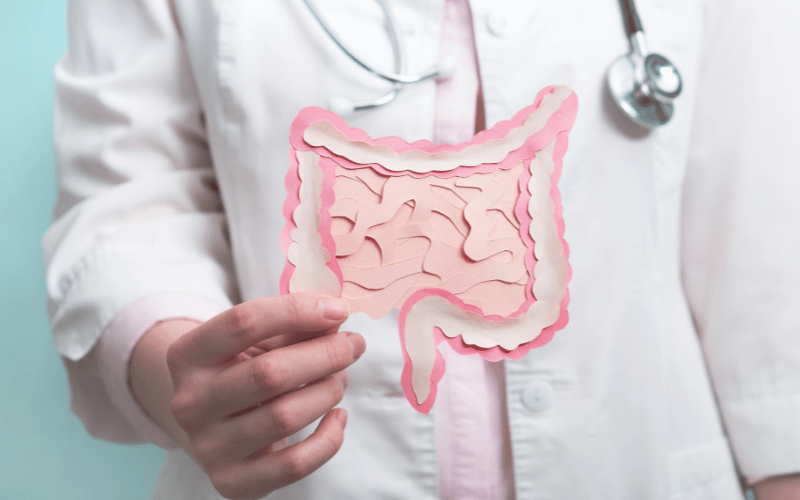Symptom 8: Digestive Disturbances

The digestive system is our body’s unsung hero. From breaking down food to nutrient absorption, it’s a seamless operation – until it’s not. PTLD can throw a wrench in this well-oiled machine, causing a plethora of digestive issues. It’s not merely an upset stomach or occasional indigestion. It’s a chronic discomfort that can range from bloating to severe abdominal pain.
So, why does PTLD cause these digestive hiccups? As with many of its symptoms, the reasons are multifaceted. In some cases, PTLD can lead to lymph node enlargements within the abdominal region. This can cause direct pressure on various parts of the digestive tract, leading to pain or obstruction. Furthermore, PTLD’s disruption of the immune system can lead to imbalances in the gut flora. An imbalance can manifest in several ways, such as diarrhea, constipation, or even general malaise after eating.
It’s not just about physical discomfort. Digestive disturbances can also take a toll on one’s relationship with food. What was once a pleasurable meal can now be a source of anxiety. Individuals might become wary of eating out, fearful of triggering an episode. Over time, this can translate to nutritional deficiencies, as certain foods or food groups get labeled as ‘troublemakers’ and are avoided altogether.
Recognizing that a digestive symptom post-transplant might be linked to PTLD is half the battle. The next step? Seeking medical guidance. Specialized tests, such as endoscopies or colonoscopies, can offer clarity on the root causes. Additionally, stool analyses can provide insights into the state of gut flora and potential imbalances. (8)